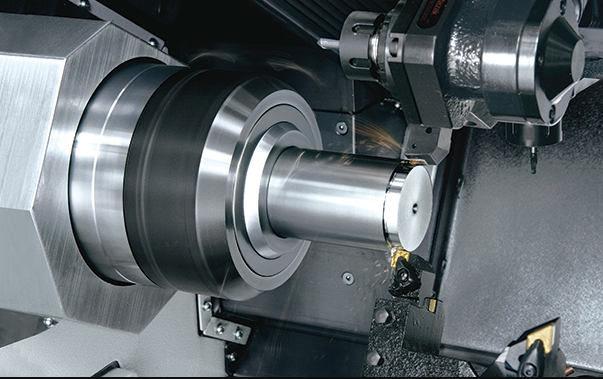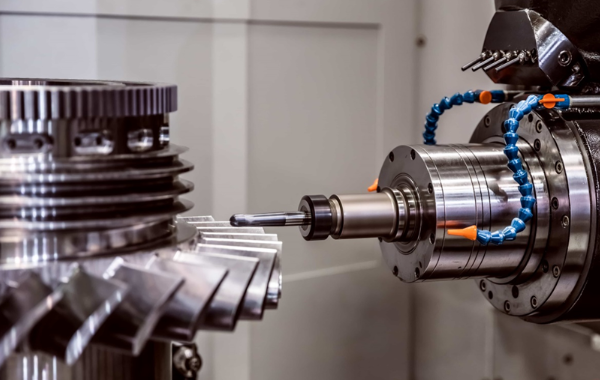CNC Turning & Machining Process Guide | The Difference Between CNC Turning and CNC Milling
CNC machining services brings valuable and ideal methods for medium-batch precision machine components manufacturing in Aerospace, Medical, Automobile, Electronics, Machinery, Military and more industries. Among various CNC machining process methods, represented by CNC turning and milling, how to understand the features and difference of these production techniques and find the best one? Here Dajinprecision.com introduces what is the CNC machining, turning and milling process in detail with difference between them.
What is CNC Machining & CNC Machining Process
CNC (Computer Numerical Control) machining is a computer-controlled digital manufacturing technology and subtractive process, according to the specific instructions in computer software programmed by the operator, the CNC machine starts with a block of material and then remove the extra parts to get the final CNC machining parts with certain shape. CNC machining services can produce high precision machined components of a variety of materials including metal and plastic and owns outstanding properties, as its high manufacturing speed and automatically operation at the same time, CNC machining becomes popular and competitive in precision CNC lathe parts fabrication, especially for one-off products. CNC turning and CNC milling are two major techniques of the CNC machining process.
What is CNC Turning & CNC Turning Process
CNC turning is a common machining process, through which the material is rotated and the cutting tools moving parallel to the rotating axis to remove the materials and get tubular CNC turned parts with precise dimensions. The rotation is completed on a CNC turning center or lathe, with the tools mounted on it and controlled by computer, more tools the turret can hold, the more possibilities are available for complexities of the parts. Various tooling options can be set, like diameter limitations. The CNC turning process can be carried out on the inside or outside of the workpiece and allows multiple cutting actions automatically without manual operation. CNC lathes or turning centers have tooling mounted on a turret which is computer-controlled. The more tools that the turret can hold, the more options are available for complexities on the part.

What is CNC Milling & CNC Milling Process
As another most used CNC machining process, CNC milling refers to create a wide range of products with different shapes, slots and holes with a milling cutter, which is able to rotate in multiple directions with several axes. CNC milling process is a more specific technique similar to drilling and cutting. The majority of CNC mills have 3 to 5 axes and equipped with the device that can pump fluid to the cutting tool in the production process. Advanced mills with CAM technology can manufacture CNC milling parts that impossible realized by manual operation. The basic milling process steps are: design a CAD model -> convert the model into a CNC program -> Install and set the CNC milling machine -> Execute the CNC milling operation.

The Difference Between CNC Turning and CNC Milling
CNC Turning is the rotation of the workpiece. The tool makes the linear or curved parallel movement, without rotation, it's suitable for processing round materials. CNC Milling refers to the cutting of metal parts with a rotatable circular multi-blade tool, which is one of the main methods of planar machining. It is often the rotation of the tool (the main action), the workpiece is fixed (the workpiece makes the linear or curved parallel movement with the machine table moving). The milling cutters are periodically involved in intermittent cutting, and the cutting thickness of each tooth during the cutting process is changing.
CNC Turning process uses lathes, mainly for machining shafts, discs, sleeves and other workpieces with a rotating surface. They are the most widely used type of machine tool in machinery manufacturing and repairing factory. CNC Milling process uses a milling cutter as the machining tool, for machining plat, grooves, various forming surfaces (such as gears and threads) and special shapes of the mold.
